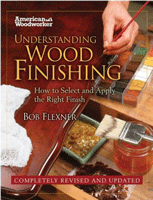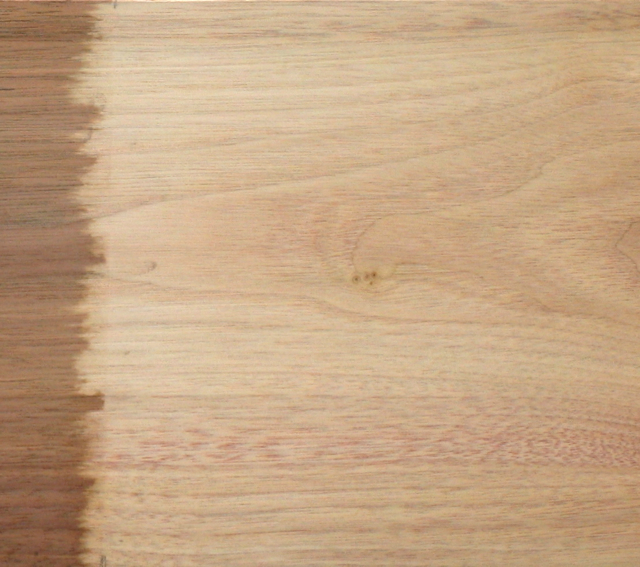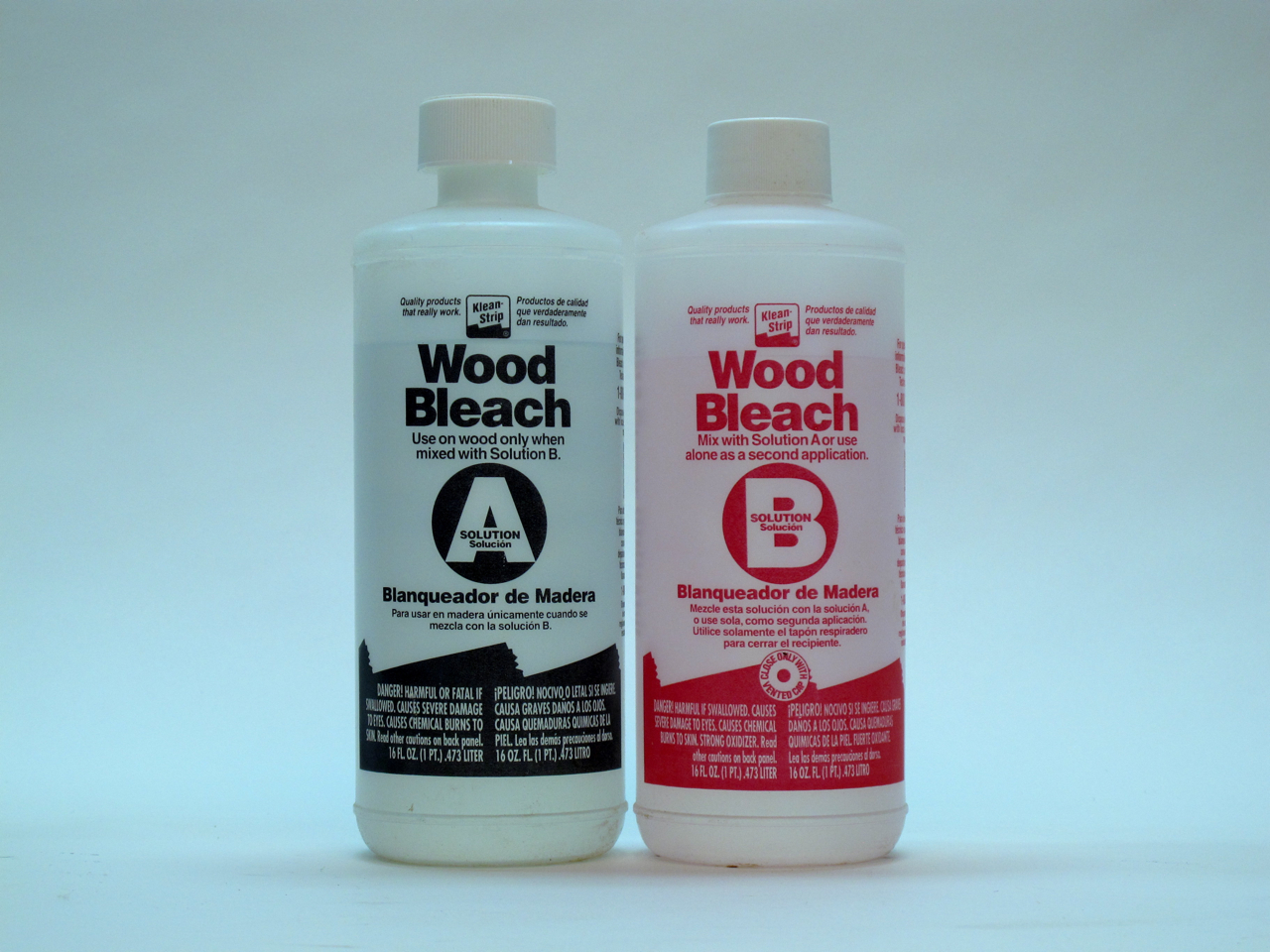We may receive a commission when you use our affiliate links. However, this does not impact our recommendations.
Sometimes you want to make wood lighter than it is in its raw state. This is common when trying to match the wood to something that already exists.
The way to do it is to first bleach out the color of the wood, then apply a stain, if necessary, to achieve the match.
You can bleach the color out of most woods with a widely available bleach that comes in two containers. It’s usually labeled “Wood Bleach.” The problem is that oxalic acid, which removes rust stains and comes in crystal form in only one container is also labeled “Wood Bleach.” So be sure you get the bleach in two containers if you want to remove the wood’s natural color.
The two parts are sodium hydroxide (lye) and hydrogen peroxide. They will be listed on the labels.
Two-part bleach is easy to use. Brush on a wet coat of one of the parts and follow it with a wet coat of the second part before the first part dries. Most brands instruct you to apply the sodium hydroxide first, followed by the hydrogen peroxide. But it doesn’t matter.
You can also mix equal parts of the two containers and apply the mix in one step. Do it right away, however, because the two parts react chemically when they are combined and lose their strength.
If you apply the sodium hydroxide first, it will turn the wood dark. The hydrogen peroxide will then remove this darkness together with most of the wood’s original color.
— Bob Flexner
 Don’t miss Bob Flexner’s “Understanding Wood Finishing” at shopwoodworking.com.
Don’t miss Bob Flexner’s “Understanding Wood Finishing” at shopwoodworking.com.
Here are some supplies and tools we find essential in our everyday work around the shop. We may receive a commission from sales referred by our links; however, we have carefully selected these products for their usefulness and quality.












Oxalic acid works pretty well too, albeit more mildly in most cases, if the acid is neutralized with household ammonia (best before the acid dries). Acid first, then ammonia, unlike the (stonger/faster/harsher) lye/H2O2 bleaching combination. If a first application doesn’t get things as “white” as one wants, a second application will take things farther.
In both cases, take some care, as the wood (lignin) is softened until it is thoroughly dry after treatment. Be gentle. And be very careful if you use lye. It’s quite dangerous, far more so than the other stuff.